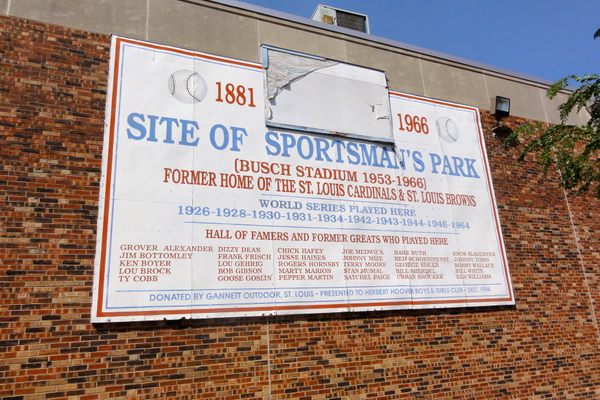About
In the decentralized and iterative transformation of the playground game of rounders into the modern game of baseball, it's difficult, if not impossible, to point to one place and say "This is where it all began." Given the thorough debunking of the myth of Cooperstown, however, Hoboken now has a stronger claim than most.
This is thanks to Alexander Cartwright, who, in 1845, formed the Knickerbocker Baseball Club of New York. The Knickerbockers were to play baseball according to a set of rules determined by Cartwright. Though celebrated at the Baseball Hall of Fame as the "Father of Modern Base Ball," it seems that Cartwright may have simply codified a number of innovative rules floating around New York ball clubs at the time, rather creating them himself (with the possible exception of the three-out inning). What does seem clear, however, is that the game the Knickerbockers played was, in every significant aspect, what we would recognize as baseball. Perhaps most importantly, their games were recorded.
They chose Elysian Fields in Hoboken as their practice site, and began intrasquad play October 6 1845, playing 15 such practice matches before the end of the year. On June 19, 1846, the Knickerbockers played their first game against another club, hosting the New York Baseball Club. The so-called "New York Nine" trounced the home team 23-1. This was the first clearly documented match between two different clubs under the new rules—or, as the plaque in Hoboken calls it, "the first match game of baseball."
Elysian Fields remained an important baseball site for the following formative decades of baseball. The "New York Rules" played at Elysian Fields were spread nationwide in army camps during the Civil War, setting far and wide the rules of what was quickly becoming the national pastime. A championship match between two New York clubs was played at Elysian Fields in 1865 in front of a crowd of 20,000; the scene was the subject of a famous Currier & Ives print.
However, in a development as familiar as it is inevitable, people eventually got tired of going all the way to Hoboken. With the construction of major baseball parks in Brooklyn in the late 1860s, the popularity of Elysian Fields began to wane. The last professional game played there took place in 1873.
The Birthplace of Baseball Monument marks the place where the original diamond is believed to have been located. The four corners of the intersection are each marked with a bronze base markers to further memorialize the significance of the site. The last extant piece of Elysian Fields is one block east of the monument, in modern-day Elysian Park.
Related Tags
Community Contributors
Added By
Published
November 3, 2016






































